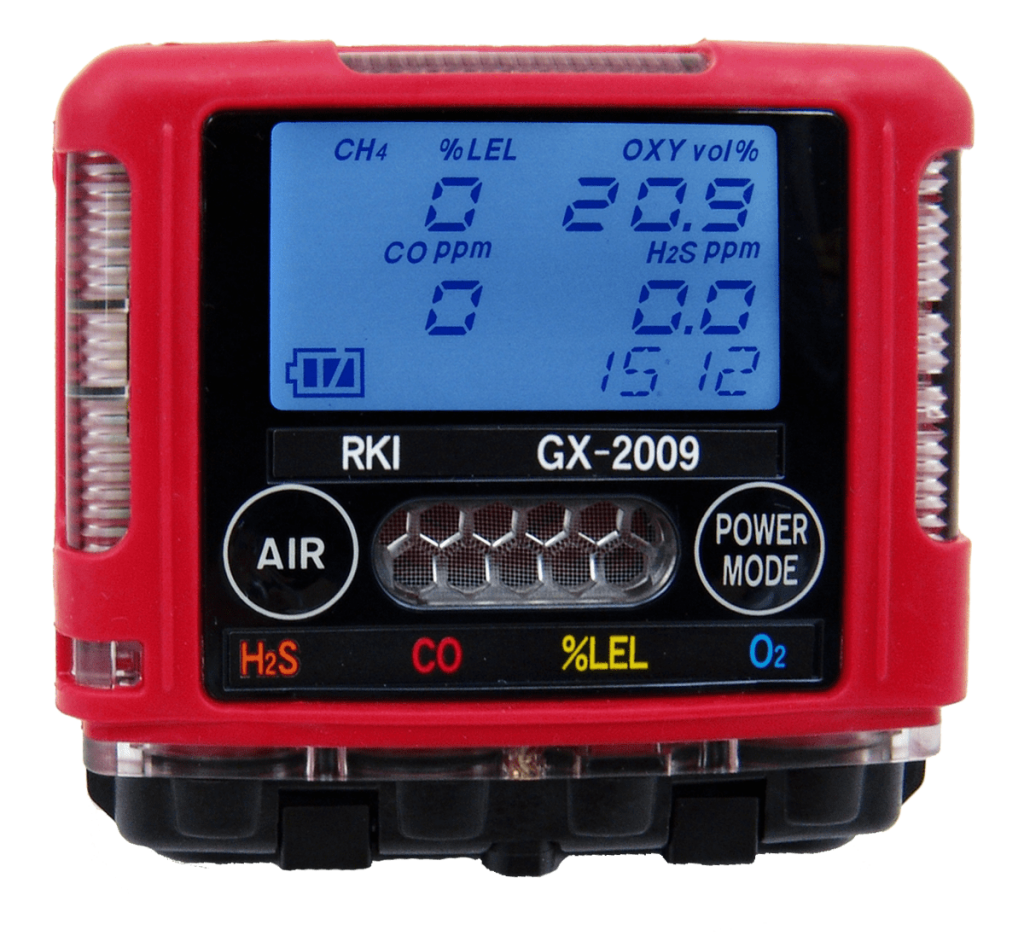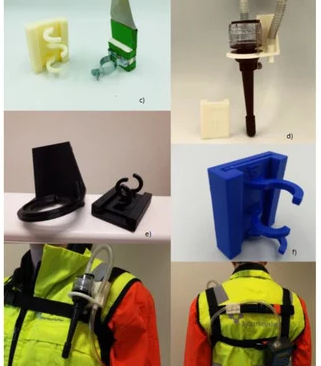
At the completion of the monitoring the pumps with sampling train attached are then checked to ensure that a drop of no more than 10 percent has occurred. The pumps with sampling train attached is then set at the required flow with a rotameter, to read within 5 percent of true) and maintain the flow within 10 per cent. The filter traps the particles and fibres as it impacts the surface. The filter comprises a 25 mm diameter gridded membrane filer usually of a cellulose material with a 0.8 micrometer pore size. The sampling head consists of a filter holder which is of a metal or conductive cowl (to reduce potential static electricity) with length of 50 mm. If extremely high fibre concentrations are anticipated, a lower volume of 100 litres may be necessary to avoid overloading the filter with excessive fibres and dust. Generally flow rates of 2 l/min are used. The flow rate should be set to achieve a total of between 500 – 1000 litres over the sample duration.
Personal breathing zone monitoring free#
The air pumps will required used must be pulsation free and be able to maintain a constant flow when the filter is loaded with particulates such as dust. The method involves sampling a known quantity of air though a filter, fibres impact on the filter, whereby analysis of the filter can determine the number of fibres identified, hence a concentration of fibres per milliltre can be determined and compared against the exposure standard. The method of asbestos air sampling is commonly conducted by the process outlines within the guidance note on the membrane filter method for estimating airborne asbestos fibres by the National Occupational Health & Safety Commission. This is generally done to alleviate an individual’s concern.

There may be instances where exposure monitoring by sampling the air within a person’s breathing zone may be conducted. Placing static monitors to the boundary of the removal area will assist to determine if there are effective control measures in place to limit potential exposure to people outside the removal area. Monitoring may be required within decontamination units and around enclosures. Other areas may be required to be monitored and is dependent on the extent and nature of the removal works, including whether the material is bonded or friable. This data may then be useful to determine the level of protection required of the respirator and determine if the removal work is “under control”. It would be of benefit to undertake exposure monitoring through the use of personal monitors within the workers breathing zone during removal or different types and forms of asbestos. Monitoring for the workers removing bonded asbestos may not be necessary as they will generally be aware of the risks and control measures required such as respirators.


The workers at risk can be comprised of two Similar Exposure Groups (SEG’s) for air monitoring purposes: Asbestos is only a risk if there is the potential for people to be exposed to fibres of a specific geometry that may lodge within the lining of the lungs.

The removal of asbestos has the potential for people to be exposed to asbestos fibres.


 0 kommentar(er)
0 kommentar(er)
